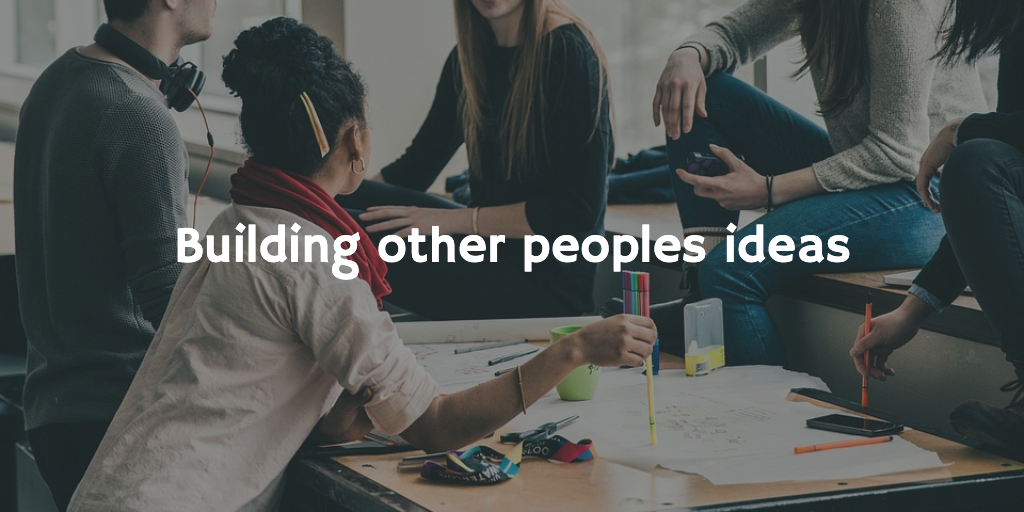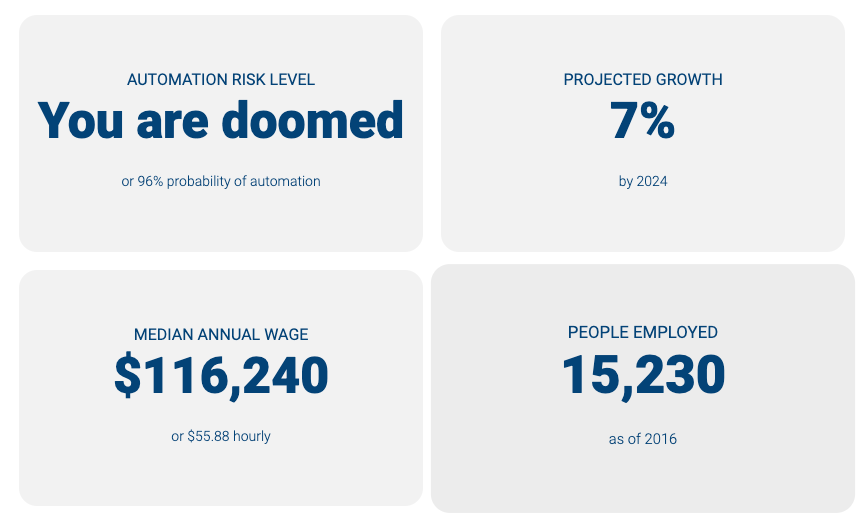
Building other peoples ideas is great, but you may have to approach things a little differently.
If you look over my collection of side projects about half of them I've built with other people, where the ideas was other peoples.
While I love working on my own ideas, scratching my own itch, working on other peoples idea's is great too.
I however take a slightly different track when doing so, and thought I'd share that here.
This is easy right? You know the problem, you've already identified the solution so just jump in start building?
Well not always. You know might know the problem you're trying to solve, you might have an idea for the solution, but you'll typically still need to figure out the best way to implement that solution and likely still change things as you go thru the build.
You're likely not an expert at everything, so while you will experience the pain of the problem, you may not know the right solution. Taking the time to explore the options and evaluating the best one can be a lot of fun. Then deciding the best way to implement that in the time and with the resources you have can often be very challenging.
When you build for other people, they often come to you with a problem and a solution and so the urge it to get building right away strikes.
I try not to fall into that trap.
Unless this problem is in a space you already understand and experience yourself, take the time to learn about the people and processes involved and how they interact with each other.
The better your understand this the better the solution you build will be.
The same with the solution. Yes the person presenting the solution may be an expert in the problem they are trying to solve, but they typically are not programmers or makers.
What they may see as a good solution may not be. The better you understand the problem domain, the better you are able to judge if the solution is a good one to build. Especially accounting for time and budget.
Is there perhaps something smaller that could be built or perhaps there is an alternative way to solve the problem that the other person has not thought about.

Photo by Anna Kolosyuk on Unsplash.
This is perhaps the best place for "makers" to be creative. Imagining all the possibilities.
We have to think about what the end goals might be...how do we get there, solving more and more problems along the way.
While the roadmap might be clear from the beginning it is often here we are able to re-imagine our journey.
Building Quuu for example the original plan called for building a content recommendation tool and social media scheduler. Instead we opted to leverage Buffer to handle all the scheduling, so we could focus on the content suggestions and get to market much quicker.
When building Will Robots Take My Job, we could have opted for the simple table of jobs, that could be filtered by search. Instead we opted to add more details to each job (number of workers, growth or contraction projections) and we understood that these were projections (with room for error on both sides) so we added a lightness to the website that helped spur sharing. Yes people were really "Doomed" by the risk of automation 😀

When building other peoples ideas it's best to get into the mind of the other makers. Understanding their goals is just as important as understanding what you're trying to build.
Where they want to take the project is a very important part of the process to make sure you don't get off to a bad start, even though that start may look good, if it's taking you in the wrong direction that's not good for anyone!